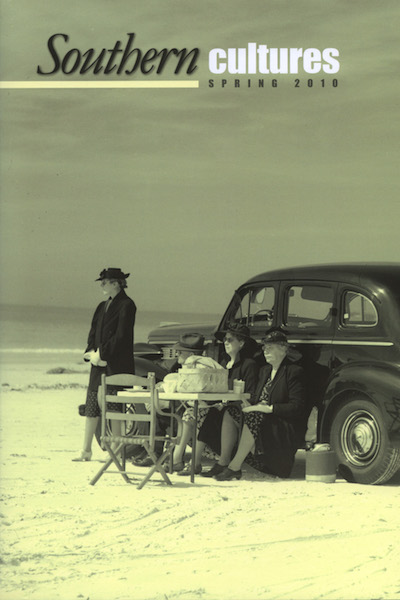University of Illinois Press, 2008
Midway through Harlan County, USA, the 1976 Academy Award-winning documentary about a coal miners’ strike in eastern Kentucky, an old miner sits in a lawn chair panting for breath. The camera cuts to a doctor who patiently delivers the diagnosis: pneumoconiosis, the gradual destruction of the lungs caused by long-term exposure to coal dust. But it is Hazel Dickens’s song “Black Lung,” which is intercut with the doctor’s stolid analysis, that tells us all we need know: Black lung, black lung, your hand’s icy cold, As you reach for my life and you torture my soul. Cold as that waterhole down in that dark cave, Where I spent my life’s blood digging my own grave. Sung a cappella in that magpie voice of hers, “Black Lung” sounds like burial hymn and reads like an indictment. It is, like so many of Dickens’s songs, a measure of her singular ability to fuse the cadences of southern mountain music with the insistent demands of the picket line and the union hall.


